The Bitcoin Is Not A Coin Anymore – It Is The Modern Version of The Dutch Tulip!
The Bitcoin has just breached 14K. One bitcoin is worth 14,000 US Dollars as of the close of the market on December 6th. It was trading at 12K a couple … Read More
Demand Forecasting, Sales Planning, Big Data Analytics & IBP
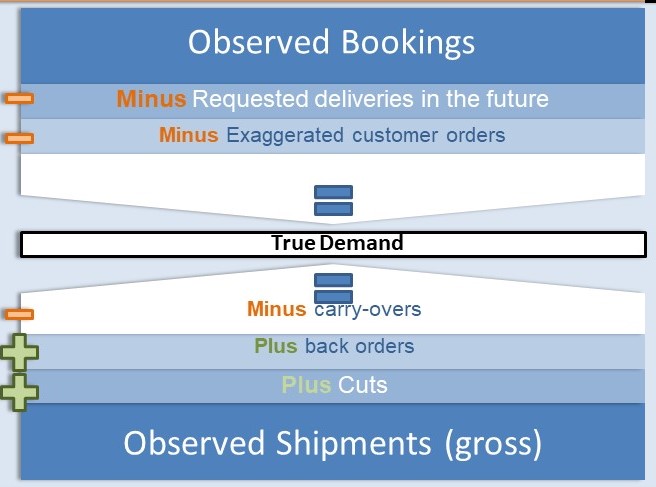



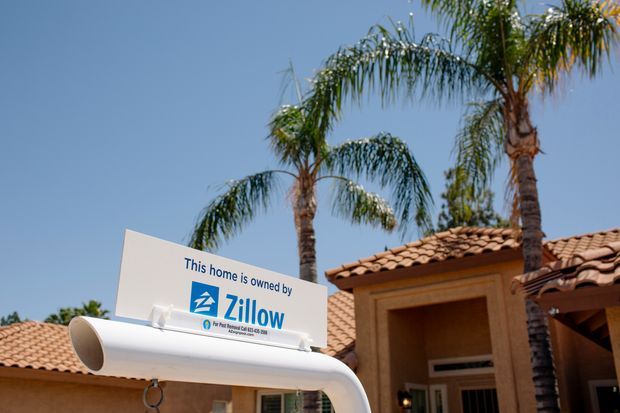











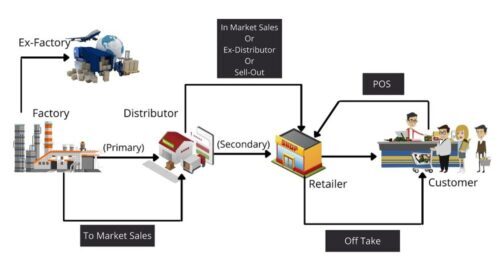


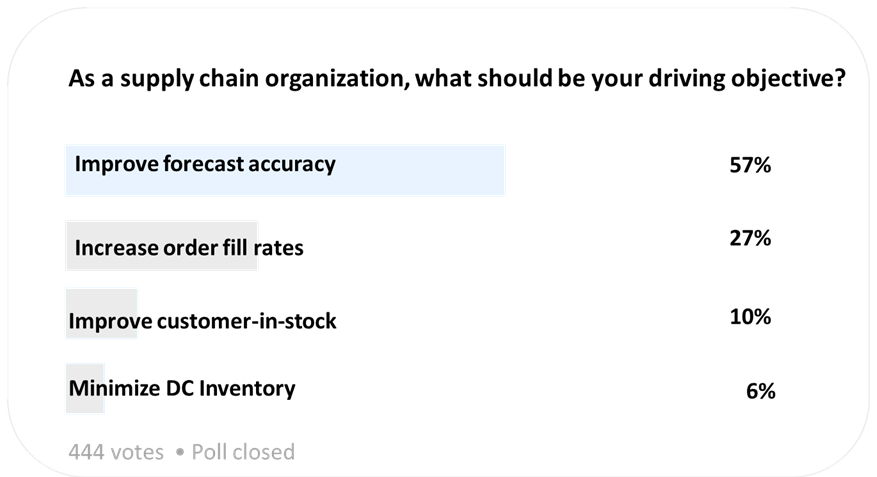





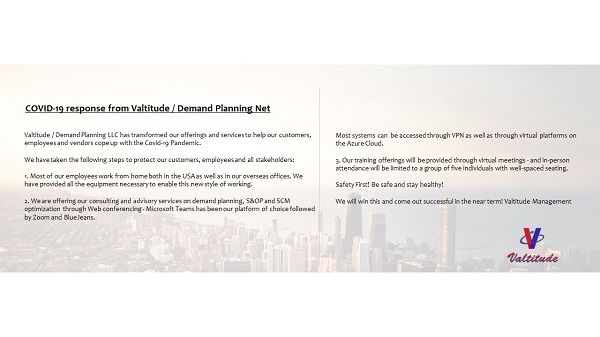


The Bitcoin has just breached 14K. One bitcoin is worth 14,000 US Dollars as of the close of the market on December 6th. It was trading at 12K a couple … Read More
Is it better to correct the actual sales for supply constraints and come up with a version of the actual demand that is unconstrained?
Measurement is an ex-post event that should not affect the actual forecasting process. If the Sales force is encouraged to think about a constrained forecast, the organization will lose visibility to the true unconstrained demand.
One option will be to use a disciplined process to measure true demand every month and evaluat the unconstrained forecast with this version of true demand.
There is confusion on the variety of measures used for measuring customer service. Let us survey the different metrics and get an input on how it is measured and what are the issues.
Although most demand planners and COE professionals understand the mechanics of these measures, there is some confusion on what to measure and why.
Measurement depends on what you are trying to drive – what you are using the forecast for? So level of aggregations matter as well. We explain some examples on what circumstances drive which measures.
There is a huge competition amongst e-tailers and retailers to win customers by providing good customer service and quick delivery. Furthermore, all of this at a low cost. With the … Read More
Some of the big names who have used our services and expertise include Honeywell, Pepsi Foods, Brown-Forman, Labatt, Yaskawa, Coleman, McCain Foods, Lindt and many other small and medium size companies.
We can be reached at www.demandplanning.net. You can also contact our Business Development Manager at hatimr@demandplanning.net . We would be glad to have an initial call for a short diagnostic of the current processes and pain points.
I have heard frequently calls for help saying MAPE is high or other complaints saying MAPE is unreliable. Recently we encountered two situations where the calculated MAPE and even the … Read More
Some say yes………. and some say no! There are many things questionable about Statistics and Modeling and of course, the famous or infamous, Normal Distribution. Those who question the value … Read More
we started conducting the survey across supply chain and demand planning professionals from various industries. This survey was meant to compile information about their pain points, forecast error metrics they use, industry they work for, and who owns the demand planning function. We are publishing the first installment of the results from this survey in this newsletter.
As expected one of the metrics used by 52% of the respondents is WMAPE or volume weighted MAPE, calculated as Sum of Absolute errors divided by sum of actual demand.
First e-book on forecast reconciliation and proportional forecasting released through Amazon.com.